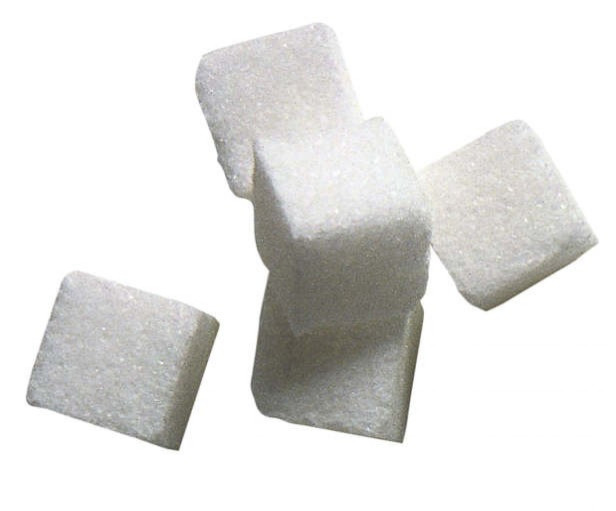Children's Sugar Consumption Too High, Researchers Say

U.S. children and teens are getting too much sugar in their diets, mostly from processed and prepared foods, according to a new study.
Sugar consumption decreased since 1999, although added sugars make up 16 percent of youth diets and contribute to the ongoing problem of childhood obesity.
Researchers followed 7,100 children and teens between 1999 and 2008 and found the majority of them had unhealthy eating habits.
Boys consumed 362 calories and girls consumed 282 calories from added sugar daily, a number that increased as the children got older. Forty-one percent of calories from additional sugar came from soda and other beverages, according to the study.
If you look at individual items, the one that has the biggest contribution [to added sugar consumption] is soda, Cynthia Ogden, lead study researcher and epidemiologist of the Centers for Disease Control and Prevention, said.
The U.S. Department of Agriculture recommends that between 5 and 15 percent of daily calories come from sugars and fats combined.
The National Center for Health Statistics Data Brief published the study on Wednesday.
Lessening the number of calories children consume is imperative to curb childhood obesity. Over 12.5 million children ages 2-19 are obese, according to the CDC. The number has tripled since 1980.
In addition, childhood obesity-related healthcare costs $3 billion annually, according to a 2009 study published in Nature.
Parents need to watch what they buy and cook more at home to curb the calories their children eat, one dietician said.
Whoever is the gatekeeper for the family food supply needs to take a good, hard look at their choices. Obviously, junk foods, cookies, desserts and sodas are high in sugar and non-nutritive calories, Samantha Heller, a dietitian and nutritionist based in Connecticut, told HealthDay.
However, many unexpected foods are high in sugars. Parents need to check ingredient lists for hidden sugars such as brown rice syrup, dextrose, fructose, molasses, sucrose, corn sweetener, barley malt syrup, fruit juice concentrates, glucose, cane juice syrup and sorghum, she told HealthDay.
Limiting time spent in front of the television and computer can help, too. Children spend almost eight hours a day in front of the TV and computer, limiting their exercise time. Food advertisements also influence children to make unhealthy food choices, according to a 2001 study published in Pediatrics Clinics of North America.
Exercise is the key to a healthy diet. The USDA recommends that children exercise 60 minutes per day, but most children fall far short. Only 18 percent of high school students met that requirement in 2007, according to the CDC.
Energy dense foods, which include foods high in added sugars, have been shown to add to childhood obesity, Ogden said. However, clearly calories in versus calorie out are what ultimately contributes.
© Copyright IBTimes 2024. All rights reserved.





















